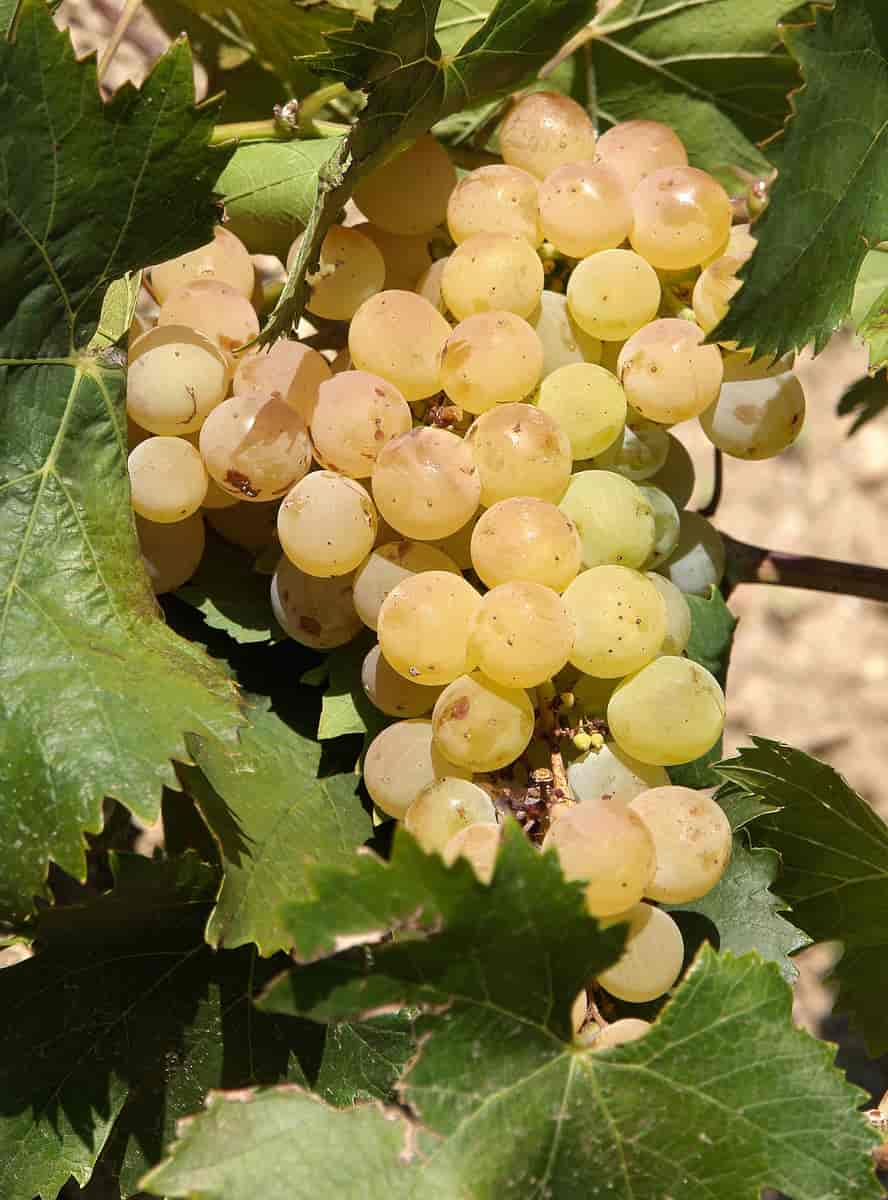Grillo
A little more than a decade ago, few people knew the gem that is Grillo. A Sicilian white grape, popular for its heavy contribution to the Mediterranean island’s fortified Marsala wines, Grillo has since gone from being almost unknown to becoming one of the most prized grapes in a very short period of time! While many factors have enabled this gain in popularity, one surpasses the rest: the dedication of a small group of farmers in Western Sicily who continue to grow and care for the plant to ensure the results reaped are unmatched.

Taste Profile And Appearance Of Grillo
Despite Marsala's decline in popularity, Grillo the white grape is still widely grown in Sicily and is most often used in a wide range of still white wines – blended and single-varietal. Grillo yields a crisp, light white wine with nutty, fruit-driven notes when vinified properly. Many wine experts report notes of lemon and apple. Grillo produces wines that are typically straw-yellow in appearance. Floral undertones from orange blossoms and wildflowers complement the fruity and citrusy scents. The wine is crisp and well-balanced on the tongue with a clean, refreshing taste and a nice, somewhat savory, mineral aftertaste.
Origins Of Grillo
Since Grillo dates back to mid-19th century, its exact origins and story is subject to debate. It has been hypothesized that this variety is a Sicilian original, a cross between Catarratto and Muscat of Alexandria. On the other hand, some have speculated that it came from Puglia, a region in southern Italy, while others attribute its origins to the island itself.
Due to its high-water content, Grillo thrives in Sicily's hot and dry environment. The fact that it has high sugar content and a low resistance to oxidation make it a viable candidate for fortification. In the 20th century, farmers moved away from planting Grillo due to the emergence of Catarratto, the favored choice for Marsala because of its higher yields.
Fortunately, though, the world has since seen a paradigm shift from quantity to quality. Hence, more Sicilian growers are revisiting and replanting Grillo. Furthermore, winemakers now have better tools for managing thiols, resulting in Grillo wines that are less earthy and more pleasant due to their focus on fruit aromas.
Grillo Wines And Food Pairings
Wines made from Grillo show different characters depending on what technique winemakers use to produce the wine. The modern approach prevents any form of air exposure and pairs selective yeast strains. This results in a crispy wine with fruity notes, making it easy to drink.
On the other hand, the old-school approach entails contact with skin and oxygen, resulting in an earthier wine with more complex flavors. People with a more seasoned palate prefer this form.
Pairing this wine with any meal is a real delight. You can have Grillo wines with a wide range of food items – from fish and eggs to meat and cheese. Don’t shy away from trying new combinations with Grillo grape wines because you never know what strikes the right chord!
Grillo FAQ
Is Grillo a good wine?
Yes Grillo is an excellent wine. In fact, in Sicily Grillo is the most popular white wine because the grape is popular and grows everywhere across the island. Grillo also has so many good characteristics that make it an excellent white wine such as its intense structure.
Is Grillo wine sweet or dry?
Grillo grapes always produce dry wines due to the nature of the grape. Unlike Zibibbo which is an aromatic grape, Grillo grapes produces a much dryer tasting wine.
What is Grillo wine similar to?
Grillo wines are similar to Sauvignon Blanc and also similar to pinot grigio.
Is Grillo the same as pinot grigio?
Grillo is not the same as pinot grigio, but it is a similar alternative. You can think of Grillo as a fuller bodied and exciting alternative to Pinot grigio.

